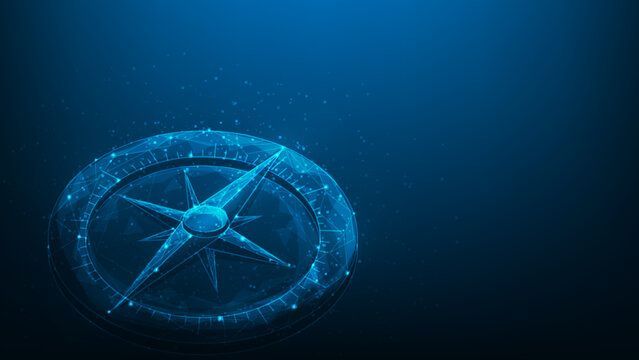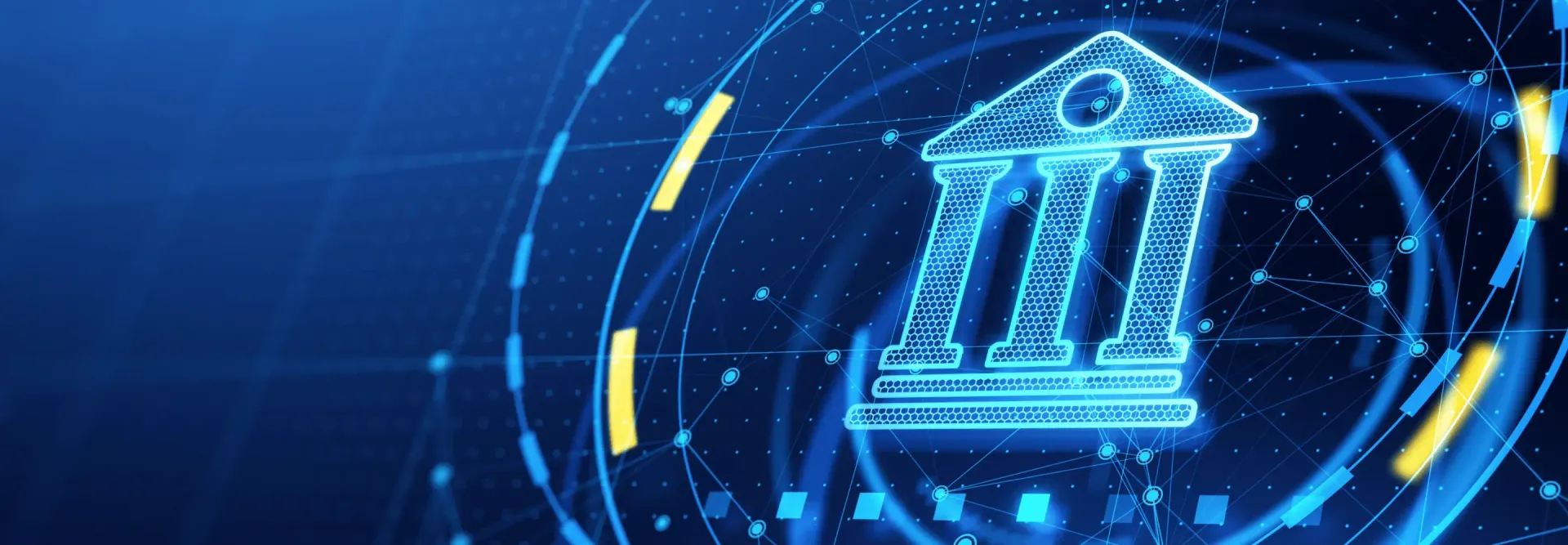Creating value in an unpredictable environment
Reacting to change is not the answer.

It's impossible to have, by definition, an all-encompassing framework to navigate the constant change or, in other words "a one best way", nontheless it's possible to collect some hints for setting up a "future-proof" organization with the right DNA. I want to highligth that It's not about having a plan, it's about the importance of planning, it's not about predicting the future, it's all about having the right method to face the constant change. It's about be ready to survive and grow in the uncertainty. Let's think to Verdadera Destreza, the spanish traditional way of fencing: it's not just swordsmanship, it's a universal way of fighting and winning, no matter what weapons you are using, and it's based on filosofical, mathematical, intellectual ideas. It is thought mainly like a mindset a collection of principles and values.
All we knew, even before Covid-19, that the future is defined by more uncertainty, more unpredictability, and more unknowns. Individually, we wonder (and often worry) about our jobs, our well-being, and our children’s future. Organizationally, we grapple with business model disruption, digital transformation, and the Great Resignation. Societally, we face unprecedented changes to our climate, economies, demographics, and political systems (to name but a few). These changes and their effects will multiply and intersect.
According to April Rinne "As a futurist, I spend much of my time helping companies, executives, and teams make sense of the forces shaping the future and prepare responsibly. The objective is not to predict the future (which is a futile quest), but rather to be ready for many different possible futures that could unfold. In this role, working and traveling across over 100 countries for more than 25 years, I’ve seen time and again how every organization struggles with change in different ways. However, there is hope for organizations that plan in order to get ahead of change."
The time to prepare for change is not when it hits. It’s before it hits, and during times of relative calm. Reacting to change in the moment keeps you forever on the defensive, and the consequences can be severe. You’re unable to see where the future is heading because your attention is consumed with dodging the next curveball. This exposes your organization to unnecessary risks and overlooks new opportunities. It’s a recipe for frustration and lagging performance at best — collapse at worst.
While finding “the right time” to prepare for change can be difficult, there are myriad ways to get started. Here are four steps leaders can take to prepare their organizations to thrive amid constant change.
Conduct a “change audit”
Holistically assessing your organization’s readiness for a world in constant flux provides the foundation for a future whose only steady state is more change, yet few leaders do it consistently. A change audit seeks to provide clarity on multiple levels.
First, where is change hitting hardest in your organization, industry, team, and customers’ lives? It’s easy to silo changes into specific departments or functions, but this often misses key dynamics and interdependencies that can make change easier to gauge moving forward. Get clear on which departments or functions are consistently more change-ready than others: Who has excelled over the past 18 months, and why?
Second, what kinds of changes are most challenging? Humans tend to love changes we opt into (a new job, relationship, or haircut) and fear or resist changes we can’t control (layoffs, a breakup, or a health scare). These dynamics often transfer into the workplace, with outsized implications.
Finally, what are your organization’s impediments to navigating change well? Common candidates include:
- Team burnout and/or anxiety: It’s harder to assess uncertainty when we’re exhausted. When we’re tired, we’re more likely to develop tunnel vision and feel anxious.
- Lack of trust: When change hits, trust will get you farther than any other single resource. Consider: Who do you turn to when you don’t know what to do? To your trusted relationships. And do you trust all employees to act in the organization’s best interests and uphold its values in both work and life?
- A “just deal with it” culture: Are all levels of the organization (including leadership) not only allowed but encouraged to show up fully, including when they feel vulnerable? When things don’t go as planned, is that seen as loss, or a learning opportunity?
- Insufficient metrics: The ability to navigate change well goes beyond dollars and cents. For example, how much are exhaustion or trustworthiness “worth?” They don’t show up in any budget line item, yet they’re invaluable. Where and how do you account for such things? In a constantly changing world, metrics must go beyond short-term benchmarks of productivity and quarterly returns.
Ideally, a change audit includes input from all talent in an organization, from the most seasoned executive to the newest joiner. Not only does this underscore an inclusive culture, but the fact is that everyone has unique wisdom and perspective when it comes to change.
Put mindset before strategy
All too often, leaders assume that change can be “managed” and controlled, as if in a vacuum. Change management books abound and feed this narrative. But in today’s world in flux, change management is insufficient. Leaders must start with their mindset about change.
Navigating change well is both art and science. It requires the right strategy and the right mindset. If your mindset is rooted in change and you’ve become comfortable with it, then you can’t help but see every change — good or bad, big or small, expected or unwelcome — as an opportunity for growth and improvement.
Yet many leaders get these dynamics backward. Mindset drives strategy, not the other way around. Similarly, human relationships to change develop and manifest from the inside out. This is called a “flux mindset.” When leaders and employees can open a flux mindset, this attitude and enthusiasm for upgrading one’s relationship to change can become part of organizational culture. A flux mindset can show up in many ways, from how we speak about change to how strategy, policies, and talent priorities are set. Leaders play a key role in signaling that mindset matters.
Clarify and reassess who is responsible for your organization’s change-readiness
In recent years, some organizations have established the role of a chief change officer. In most cases, this is in the context of digital transformation: A change officer is tasked with overseeing a company’s shift to digital business operations, services, and online presence. At the same time, a range of other CXOs may be expected to add change to their respective portfolios and domains. CEOs, COOs, CHROs, CTOs, chief innovation officers, chief insights officers, and chief culture officers are all part “change” officers, too (though you may be hard-pressed to find a common definition among them). Worst of all, some companies appoint a chief change officer in what amounts to little more than a marketing stunt.
But in a world in flux like the one we’ll be in for the foreseeable future, the role of a chief change officer takes on new meaning and new urgency. It’s no longer defined in relation to how other roles are changing, nor is it limited to one function, department, project, or end goal.
Depending on the size of your organization, it may be time to add a chief change navigator whose cross-functional role is dedicated to helping the entire company prepare for a change-heavy future. The role’s design and mandate are guided by the principles of change and, as such, are intended to evolve over time. Required characteristics include:
- Nested, not siloed: A chief change navigator has a clear link to organizational culture and acts as the connective tissue between myriad changes affecting an organization. As such, it’s nested between the C-suite, HR, chief culture officer, and board and is responsible for guiding and advising those functions.
- Clear yet fluid responsibilities: The chief change navigator is akin to an in-house futurist whose role is to prepare the organization for a largely unknown future. (This includes factors that could accelerate, surprise, overwhelm, or even destroy the company but are beyond day-to-day operations.) Part of this role is to spearhead a scenario-mapping process that boosts organizational readiness for a range of possible futures and to create an in-house community with these skills.
- Relentlessly talent-centric and future-forward: A chief change navigator helps all employees develop their flux mindsets and improve their relationships to change.
Embed and integrate “fluxiness” into organizational culture
At the broadest level, truly thriving in constant change means putting change at the core of what you do. It means a shift in mindset, assumptions, and expectations. Rather than feeling stressed, anxious, or unmoored when change hits, you’re ready for it. Instead of chasing an illusion of control, you have clarity about what really matters.
As “certain uncertainty” becomes the norm, there will be many ways for leaders to meaningfully upgrade their approaches to change. Updating organizational mission statements and cultural values to reflect a world in flux is a good starting point. But integrating flux into organizational culture must be rooted in actions, norms, and practices over time.
Reward employees for their plasticity when they forge new solutions and new ways of being instead of merely trying to bounce back from setbacks. Value mindset as much as management. Give more responsibility to employees who can lean into uncertainty, trust what it can teach them, and guide others toward key insights. That way, when change hits, rather than defaulting to worst-case scenarios, employees will have developed the practice of asking: What’s the best thing that could possibly happen?
We have before us a new set of opportunities — and new urgency — for navigating change well. Leaders and businesses need to radically reshape their relationship to uncertainty in order to sustain a healthy and productive outlook. As we look toward a future in which the only “steady state” is one of more change, it’s time to open your flux mindset, upgrade your organization’s “flux capacity,” and prepare to thrive in constant change.
Alessio De Filippis, Founder and Cheif Executive Officer @ Libentium.
Founder and Partner of Libentium, developing projects mainly focused on Marketing and Sales innovations for different type of organizations (Multinationals, SMEs, Start-ups).
Cross-industry experience: Media, TLC, Oil & Gas, Leisure & Travel, Biotech, ICT.











